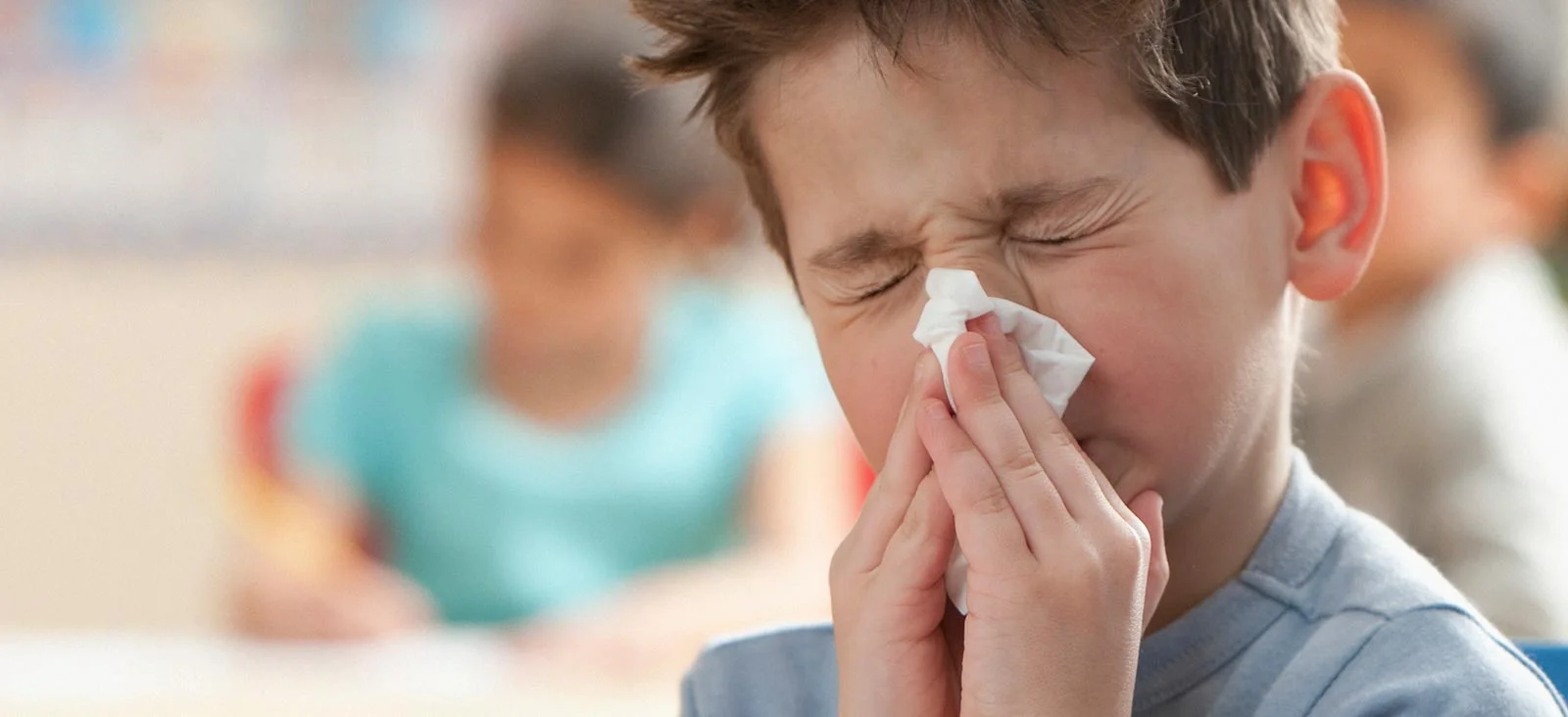Pediatric allergies involve an exaggerated immune response to typically harmless substances called allergens. These substances can trigger symptoms ranging from mild to severe.
Common allergens include pollen, dust mites, animal dander, certain foods, and insect stings. Understanding and managing pediatric allergies is crucial for relieving and improving a child’s quality of life.
This article explained the key aspects of pediatric allergies and their management.
What are the worst aspects of Pediatric Allergies?
Here are some of the worst aspects of pediatric allergies:
- Disruption of Daily Life: Allergy symptoms can disrupt a child’s daily activities, including school, playtime, and sleep.
- Risk of Severe Reactions: Some children may experience severe allergic reactions. Such as anaphylaxis, which can be life-threatening.
- Impact on Quality of Life: Constant discomfort from allergies can significantly impact a child’s quality of life, leading to frustration, irritability, and social withdrawal.
- Difficulty in Diagnosis: Identifying specific allergens requires thorough testing and observing symptoms over time.
- Limitations in Treatment Options: Medications and allergen avoidance strategies can help manage symptoms. Finding the proper treatment approach may take time and experimentation.
- Emotional Toll: Dealing with pediatric allergies can take an emotional toll on both the child and their family, causing stress, anxiety, and feelings of helplessness.
- Potential for Allergic Asthma: Some children with allergies may develop asthma, further complicating their respiratory health and requiring additional management strategies.
Common Allergic Conditions
Children can have allergies like hay fever, asthma, eczema, and food allergies.
1. Symptoms
Allergies can cause sneezing, runny or blocked nose, itch or watery eyes, skin rashes, trouble breathing with wheezing or coughing, or stomach discomfort.
2. Diagnosis
Doctors usually find out if kids have allergies by asking questions about their health, checking their bodies, and doing allergy tests like skin pricks or blood tests.
3. Triggers
Identifying and avoiding specific allergens is crucial. Common triggers include pollen, mold, dust mites, pet dander, certain foods (e.g., peanuts, milk), and insect stings. Consult a Best Pediatrician in Lahore to find out more.
4. Cross-Reactivity
Some kids might react to one thing that also causes a response to something similar. If someone is allergic to birch pollen, they might also react to certain fruits because they’re identical.
Managing Pediatric Allergies
Allergen Avoidance
Find and reduce contact with things that make you allergic. This might mean using special mattresses and pillow covers to keep allergens away. Close windows when there’s lots of pollen outside. Get rid of things in your home that could cause allergies.
Medications
Medicines you can buy without a prescription or with a prescription, such as antihistamines, nasal corticosteroids, and decongestants, can help with allergy symptoms.
Doctors might give children with allergic asthma asthma medicines such as bronchodilators or inhaled corticosteroids.
Immunotherapy (Allergy Shots)
Immunotherapy means giving small amounts of things you’re allergic to so your body gets used to them. Some kids with allergies or asthma can try this treatment.
Epinephrine Autoinjector
- Some kids have severe allergies, especially to certain foods or insect bites. In case of an emergency, they might need a unique tool called an epinephrine autoinjector, like the EpiPen. Parents and caregivers should learn how to use it.
Education and Communication
- Teach moms, dads, and kids about what can cause allergies, what signs to look out for, and how to handle them. Talk to schools, babysitters, and anyone else involved to keep things safe.
Regular Follow-Up
- The child needs to see their doctor regularly. The doctor will check how they’re doing, change treatments if needed, and listen to any worries you have.
Allergy Action Plan
Develop an allergy action plan with the Best Pediatrician in Karachi. This plan outlines steps to take in case of an allergic reaction, including when to use medications and seek emergency medical help.
Treating kids with allergies usually requires help from different kinds of doctors, like pediatricians and allergists. They work together to make a plan that’s just right for each child, considering things like the child’s age, severity of symptoms, and any other health problems.

